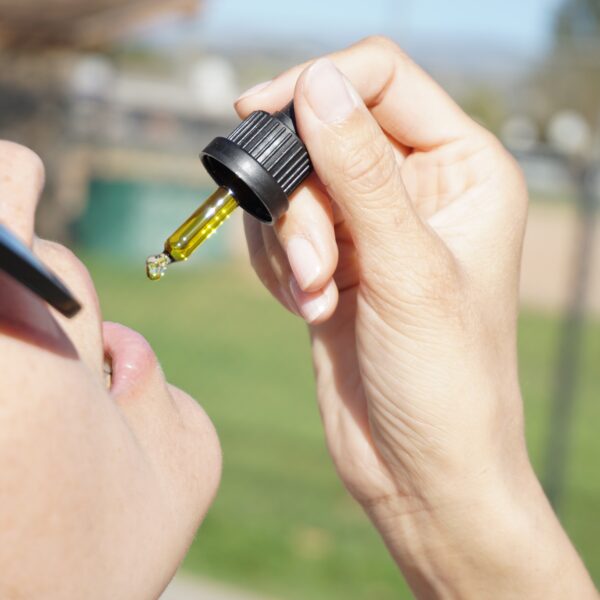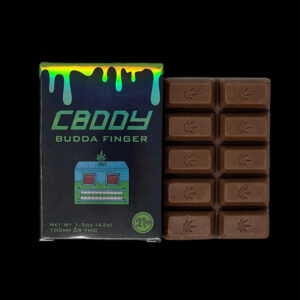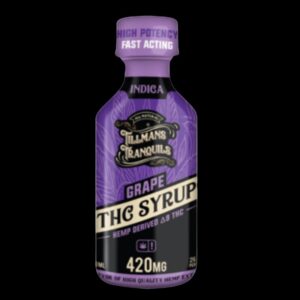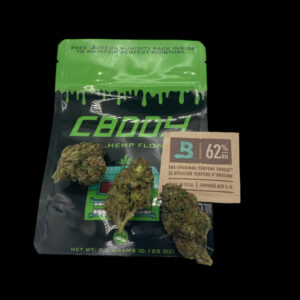Entering the interesting world of cannabidiol (CBD) initially can be an extremely exciting experience. After all, there are an array of unique CBD-based products to try coupled with many different ways/methods to customize the way in which you take it. However, it can also be intimidating. After all, there is so much CBD-specific lingo floating around these days, and not grasping what the basic terms mean can be detrimental. Why? Because it can prevent you from getting what it is that can best meet those specific hemp-related needs. Let’s get right into the weed terminology.
All CBD Terms and Weed Terminology You Should Know
Good news! We can help you learn the lingo in no time with this short and sweet guide that covers the most commonly used terminology associated with CBD. By understanding these terminologies, you’ll hopefully be able to make better-educated purchases in the future.
-
Cannabidiol (CBD):
The buzzword of the moment, but not everyone knows exactly what it is. CBD is just one cannabinoid found in the hemp plant, of which there are many. A leading compound, meaning that it’s the most abundant in hemp.
-
Cannabinoid:
Are plant compounds that are unique to the cannabis genus, which includes hemp and marijuana. Cannabinoids are unique in that they directly interact with the body’s endocannabinoid system, which seems to be primarily in charge of maintaining homeostasis.
-
CBD Extracts:
There are three types of CBD extracts, which refer to the way in which the hemp compounds were extracted from the plant material.
-
CBD Isolate:
One of the three extracts; means that the hemp extract derived from the plant contains nothing but CBD, which is a cannabinoid, and just one of the many compounds found in hemp. With CBD isolate, every plant compound is carefully removed through a refinement process, until all that remains is cannabidiol.
-
Broad Spectrum:
The second type of CBD extract. The broad spectrum contains every plant compound found in hemp with the exception of THC. Meaning, that it contains CBD as well as many other cannabinoids native to hemp, in addition to flavonoids and terpenes, which may also be beneficial. Broad spectrum CBD is most popular among those who do not wish to have any traces of THC in their body.
-
Full Spectrum:
Full spectrum CBD is the final type of CBD extract, and it may be the most popular. It contains every single compound found in hemp, as the name implies. This means that it also contains THC, although there’s only about 0.3 percent THC in the hemp plant, so it’s not nearly enough to deliver any kind of psychoactive effects. Full spectrum CBD is popular because of the entourage effect that it provides.

-
“Entourage Effect”:
This is what happens when a person consumes every single compound native to the hemp plant at the same time. In other words, when a person consumes full spectrum CBD, they are experiencing the entourage effect. In short, this term refers to the fascinating way in which each hemp compound seems to maximize the potential effectiveness of the others.
-
Decarboxylated:
First comes the process of turning the hemp plant material into a concentrate via an extraction method. Once that has been completed, it’s time for the decarboxylation process if a company so chooses. This requires that the extract is heated to a certain temperature. It allows the cannabinoids to become “activated,” which means that they become far more bioavailable due to the change in their chemical structure.
-
Raw:
Has not been decarboxylated, and it’s not nearly as popular as decarboxylated CBD, although some users do prefer it. Some believe that CBD that has not been heated offers unique potential benefits that decarboxylated CBD does not.
-
THC:
The psychoactive cannabinoid that’s found in cannabis. Because there’s so much of it in marijuana, marijuana is considered a psychoactive drug, meaning that it can get you high. But in hemp, there’s only 0.3 percent THC, which is why hemp-derived products are federally legal, and not psychoactive.
-
Terpenes:
These are other plant compounds found in cannabis, as well as every other plant. They provide a plant with its unique aroma and flavor profile, and they protect the plant from various unwanted factors such as bacterial overgrowth and predators.
-
Strain:
When we talk about the strain of a cannabis plant, we’re talking about its unique chemical composition. Different hemp plants have different chemical compositions, meaning that the levels of various cannabinoids and terpenes vary from plant to plant. Different strains can have different effects, which is why some people prefer some strains over others.
-
Indica:
There are three different types of strains: Indica, Sativa, and hybrid strains. Indica strains are associated with calmness and sleepiness, and they seem to be felt more in the body than in the mind. Indica strains are often preferred among those who wish to unwind and relax.
-
Sativa:
Next, we have Sativa strains. The large majority of CBD products on the market are derived from Sativa strains. These strains are more cerebral in terms of how the compounds interact with the body. They’re also known to be a bit more energizing and uplifting, which is different from the tranquilizing nature of Indica strains.
-
Hybrid:
Lastly, we have hybrid strains, which are half-Sativa, and half-Indica strains. These strains allow users to enjoy the best of both worlds, so to speak, providing the unique effects of both Indica and Sativa.
-
Strength:
Refers to the number of milligrams of hemp extract that is found in a particular product.
Know The Lingo To Find The Best Products Possible
Use this CBDDY guide and study it carefully before making a hemp purchase so that you can customize your experience. And, remember that the world of CBD is constantly expanding and diversifying, so make it a point to check up on the latest lingo to hit our industry.
Think your friends may enjoy this article? Easily share it by clicking the social media button of your choice below.



